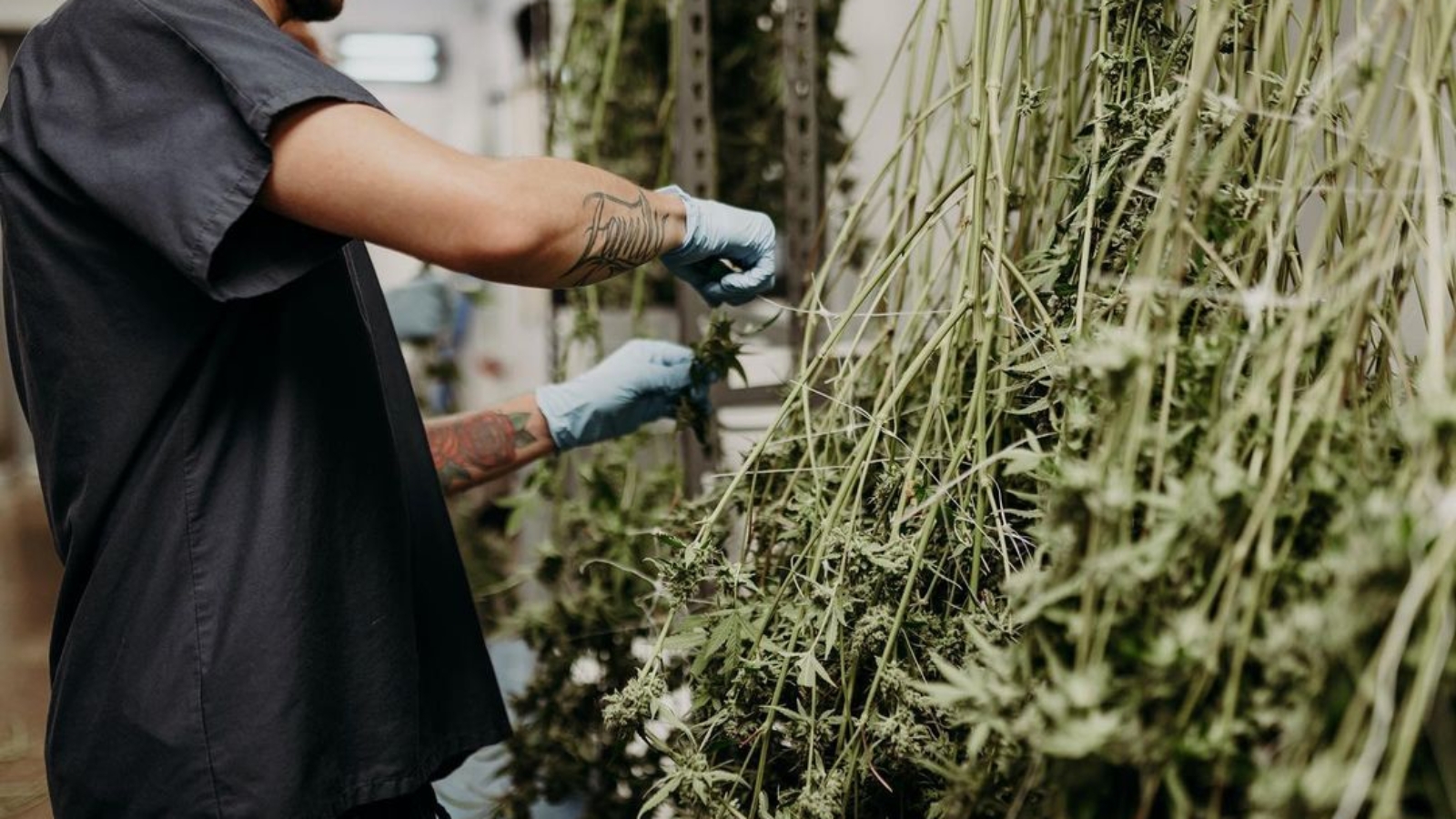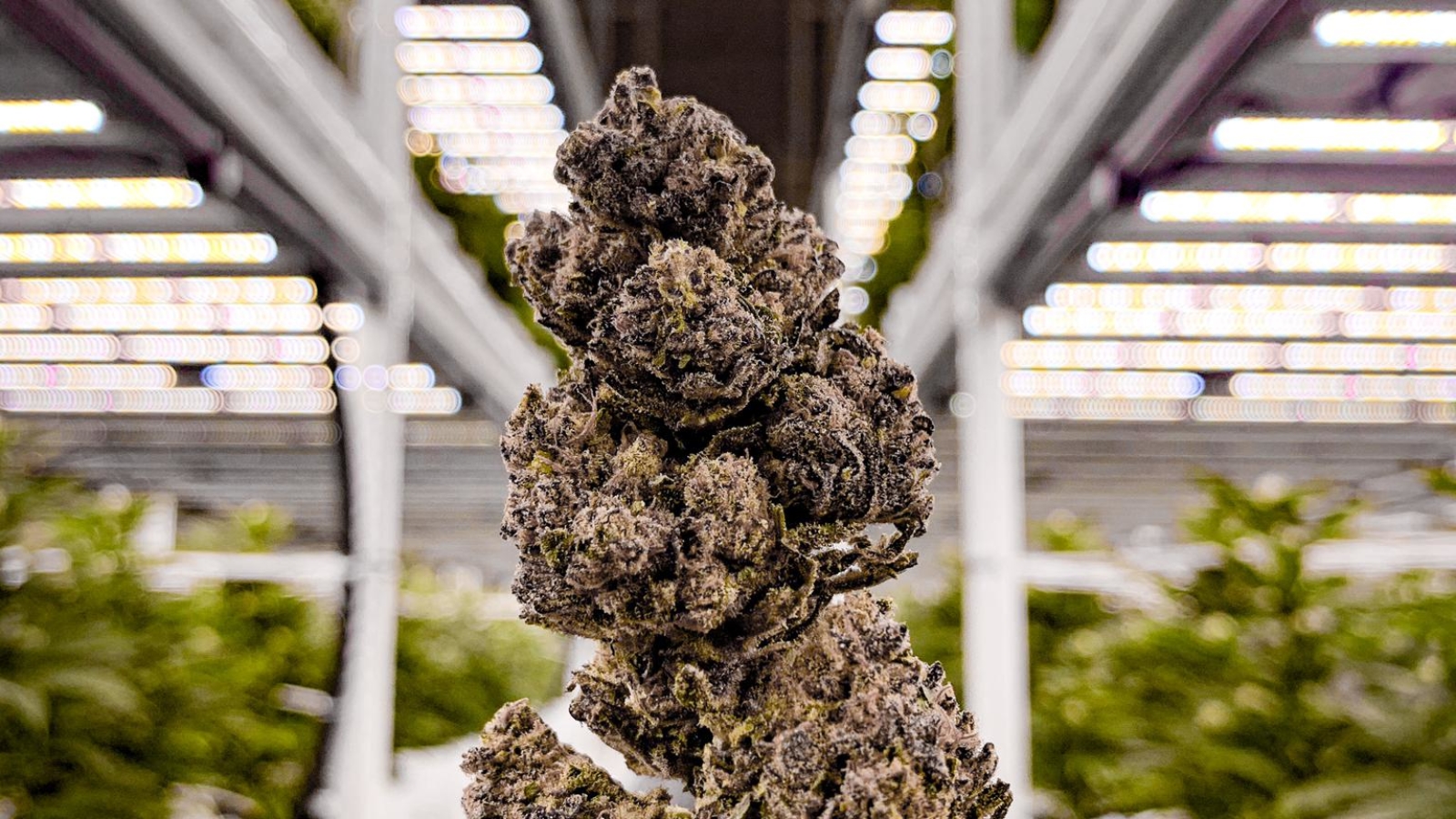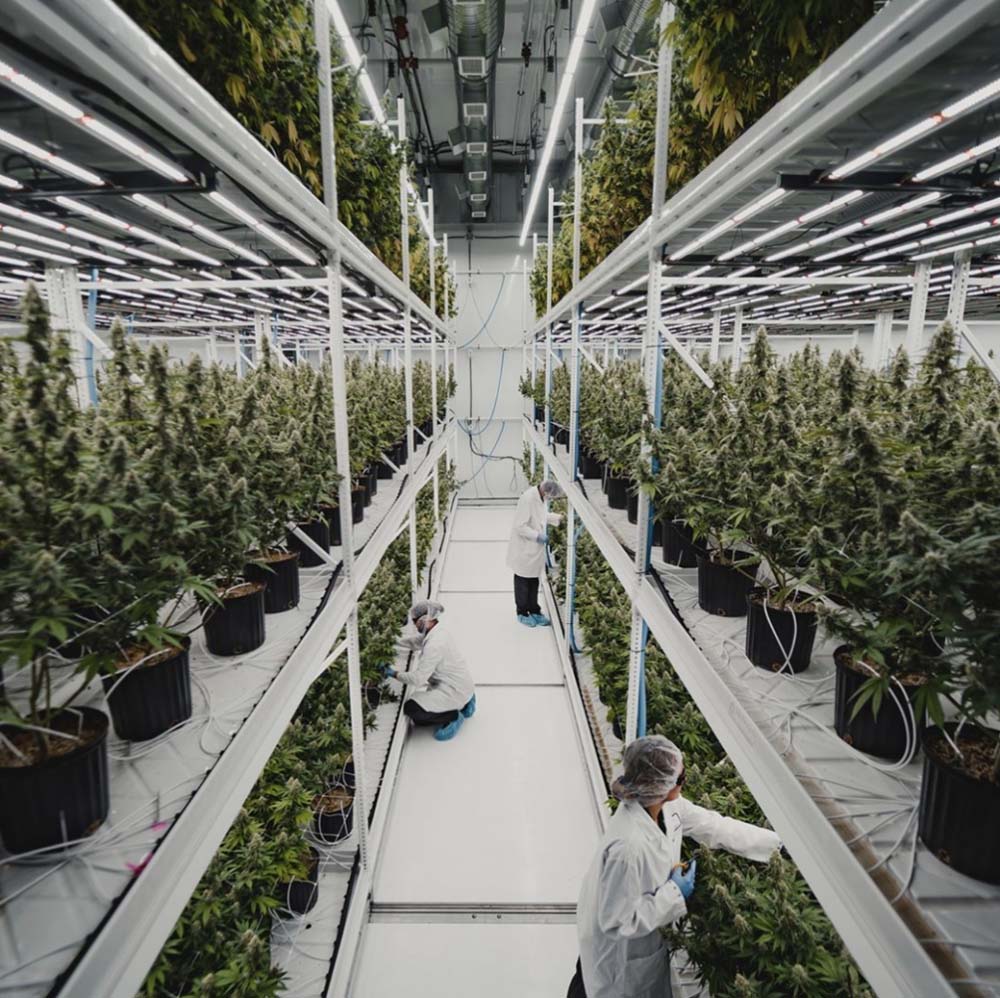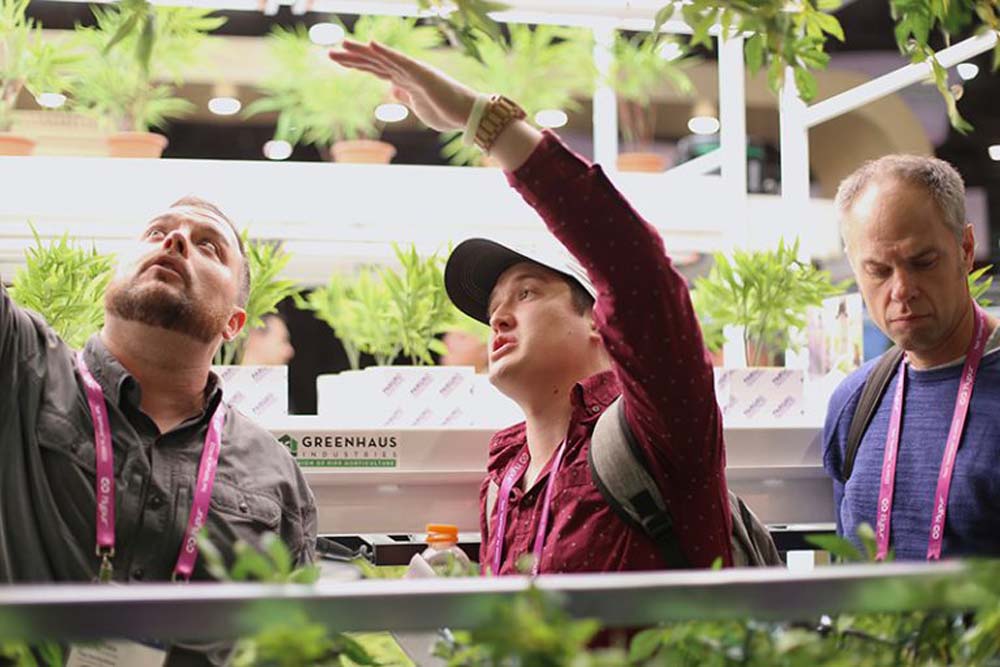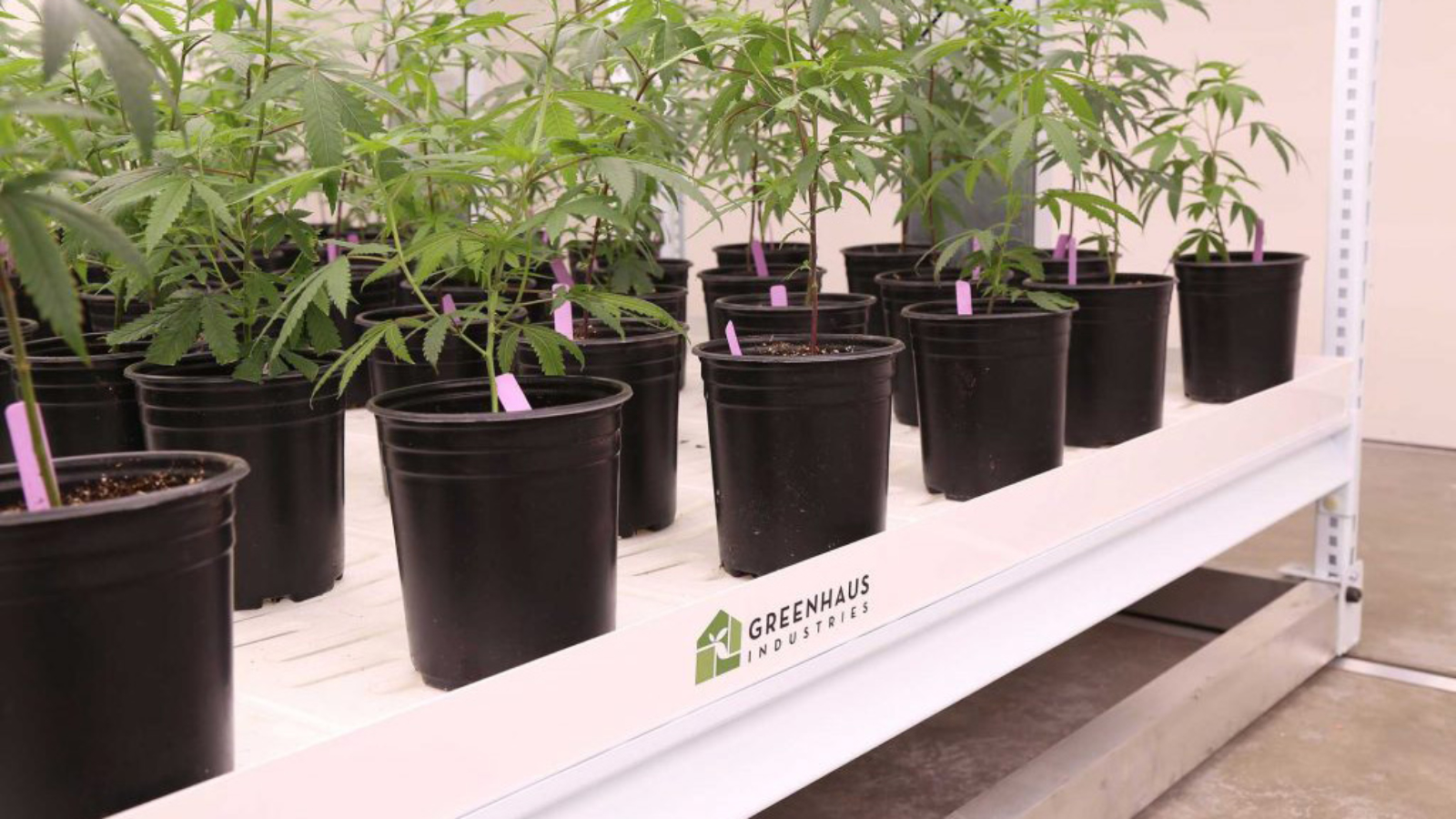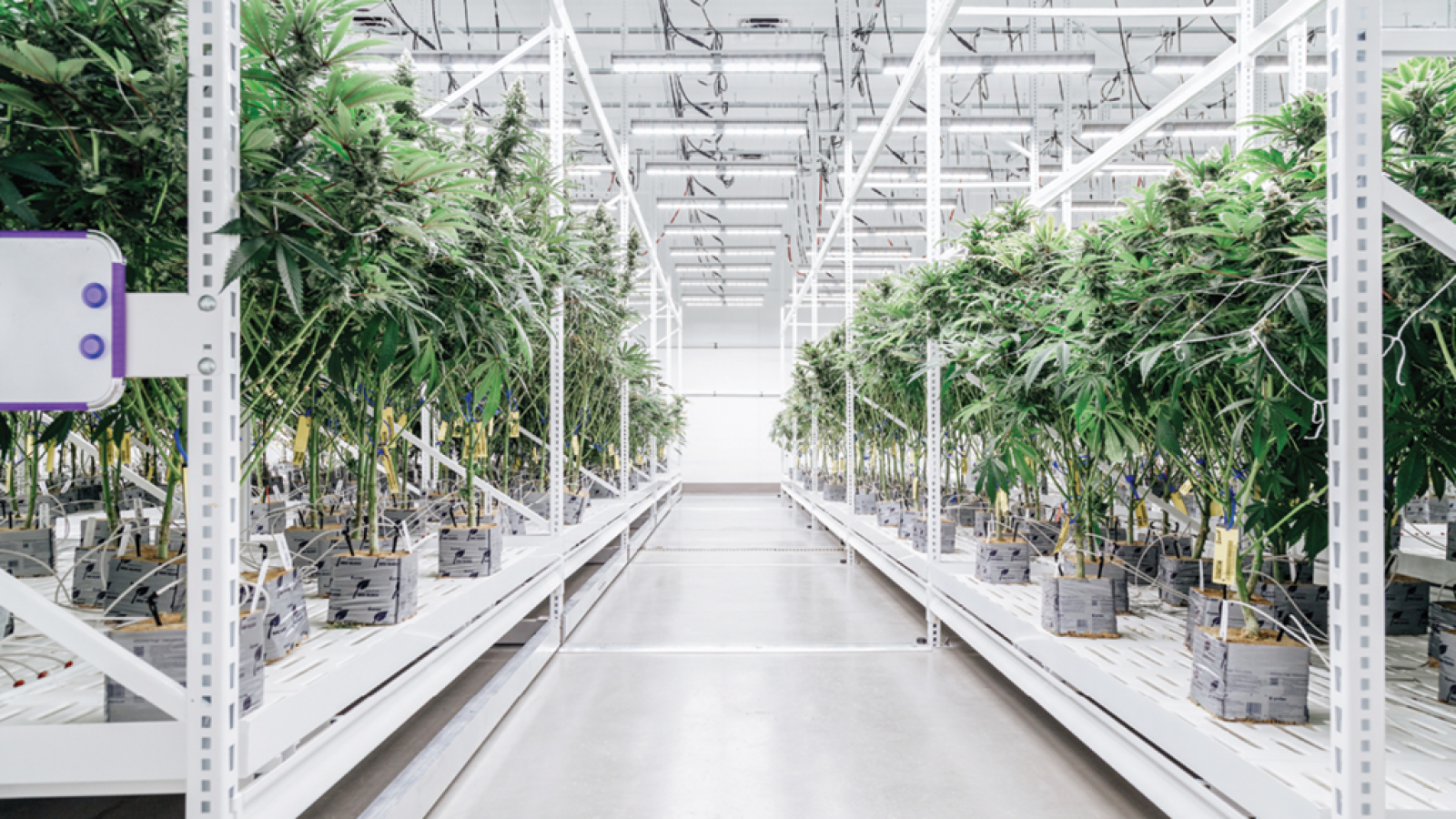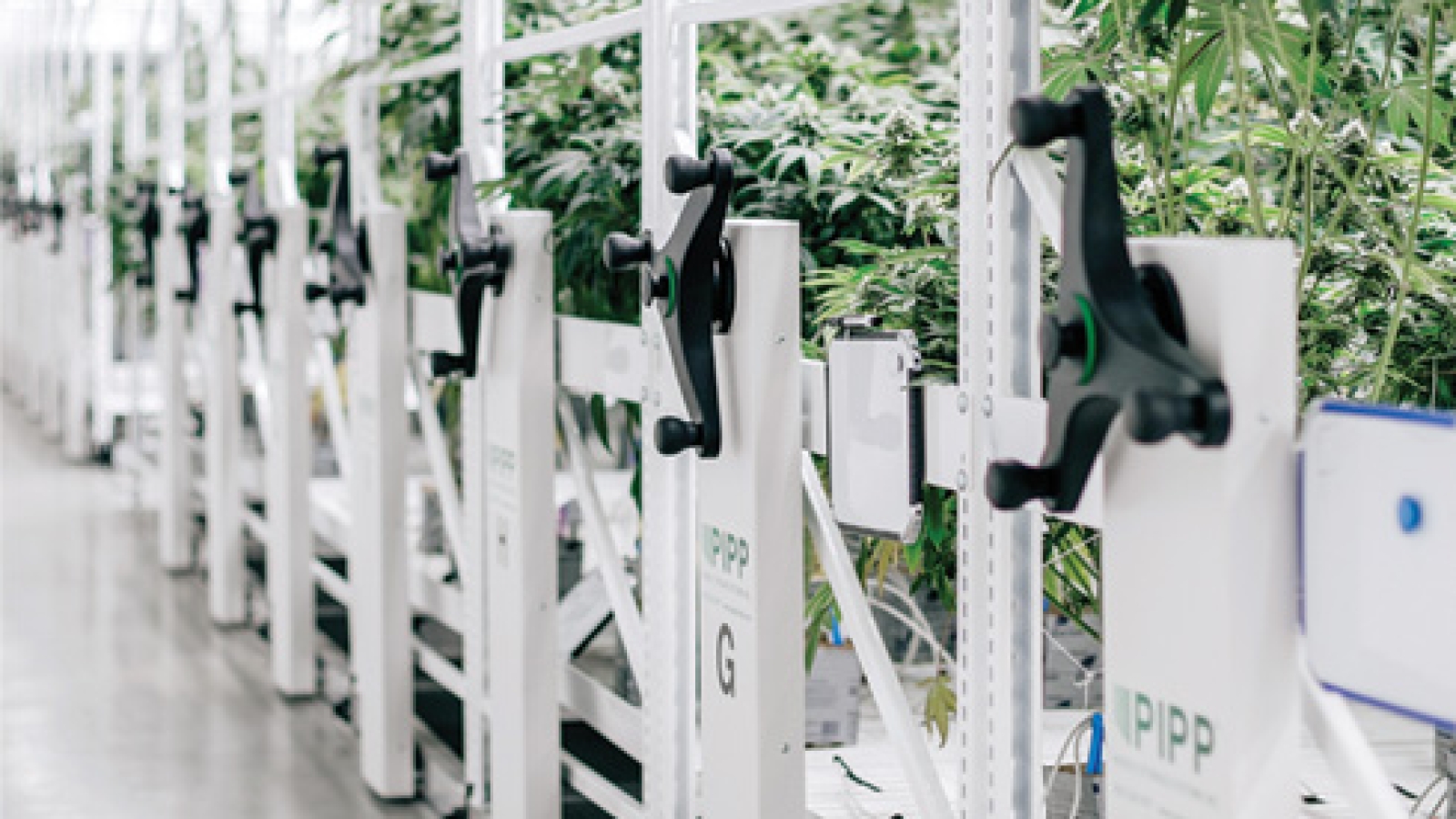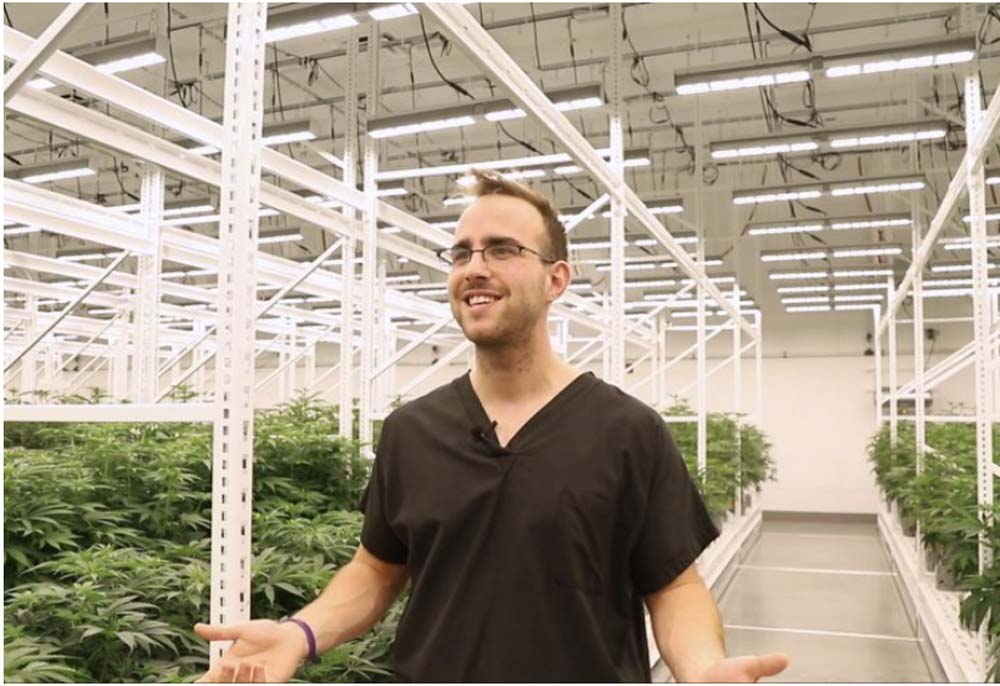Harvesting, Drying, & Curing Cannabis for Beginners
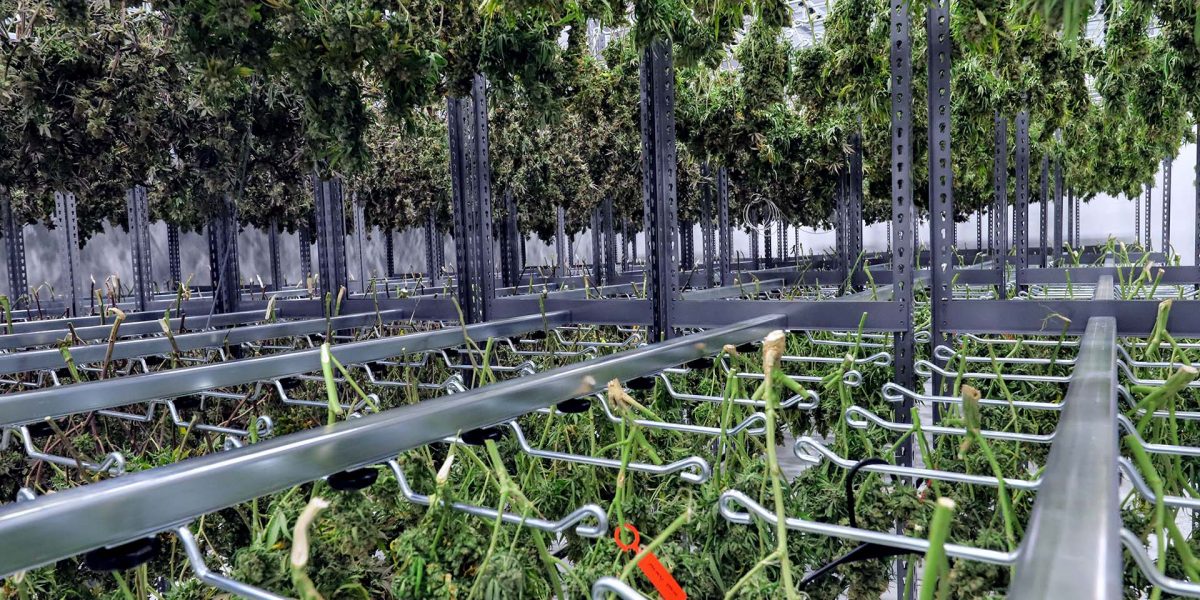
Work Smarter, Not Harder!
After spending months growing a cannabis crop, you want to ensure your work pays off–both in terms of yield and quality. Properly harvesting, drying, and curing cannabis is essential for maximizing profit and successful outcomes.
Following best practices can help you avoid losing your crop to mold and rot while preserving terpene and cannabinoid concentrations. Join us as we explore methods you can implement to optimize these processes.
When Is Cannabis Ready to Harvest?
What Is the Difference Between Drying and Curing Cananbis?
Is Hang Drying or Rack Drying Better?
How to Harvest Cannabis
Prepping for Harvest
During the last week of the flowering stage, growers should remove the majority of fan leaves and excess foliage while leaving the bud sites undisturbed. Doing so minimizes labor tasks and makes the process more manageable. Additionally, pruning promotes better airflow and a more consistent moisture removal rate in the drying room.
Another useful pre-harvest method is to dim the lights and cease irrigation events approximately 24-36 hours before cutting. By leveraging transpiration, growers can jumpstart the drying process and reduce the load on HVAC systems in the dry room during the initial stages.
This technique also lessens the wet weight of the plant and substrate, saving money and expediting the harvesting process (i.e. less physical weight for your staff to move from the upper tiers).
Additionally, Pipp’s Room Generator Tool can help you calculate the exact amount of space and ideal layout for your cannabis operation. This information can be a guide as you plan ahead for the harvest, drying, and curing processes.
Harvesting Your Cannabis
Wet vs. Dry Trimming
How to Dry Cannabis
After harvesting plants, growers must decide the drying method that best meets quality, quantity, and time requirements. As with growing cannabis, the drying process is complex, and making one mistake can jeopardize an entire yield.
A suitable environment can be achieved by monitoring airflow, managing humidity, and choosing the right equipment. Another important consideration is employee education–ensure your staff is trained on how to implement effective sanitation strategies and proper handling procedures.
Choose the Right Load-In Strategy
Prioritize Plant Spacing
Maintain a Controlled Drying Environment
Invest in a properly sized HVAC system with sufficient latent load sizing to remove moisture effectively. The drying rate is influenced by factors such as the total wet weight of the harvest, room temperature, dehumidification capacity, airflow, and time.
If the drying rate is too slow, increase room temperatures slightly (HVAC systems and dehumidifiers remove more moisture at higher temperatures), but be cautious to avoid excessive heat that may lead to terpene loss.
To preserve product integrity, keep the dry room door closed and lights off as much as possible. Minimize unnecessary entries into the room to maintain a consistent and undisturbed drying environment.
Check Moisture Content and Water Activity
Tracking moisture content (MC%) and water activity (Aw) levels is a great way to standardize your drying process, minimize potential product loss, and maximize your revenue.
In the early stages of the drying process, the goal is to get water activity below 0.65 to reduce the risk of pathogen proliferation. Use these readings to fine-tune and optimize your HVAC set points, either increasing or decreasing your drying rate by modulating temperature.
For an optimal smoking experience, target a moisture content of 10-14%. This range ensures proper drying while preserving terpene profiles and cannabinoid potency.
MC is a delicate balance. Higher MC increases the total sellable weight of your harvest, while slightly lower MC raises cannabinoid potency on your lab results (less water weight per gram).
Minimize the Mess
Harvesting and drying cannabis can be messy, but taking certain precautions can help preserve cleanliness and sanitation. For example, “buck” or remove buds from stems directly in the dry room. By doing so, you confine the mess to a room already in need of cleaning, rather than creating a mess in another area. This approach simplifies cleanup and reduces the chance of cross-contamination between different cultivation spaces.
Educate your staff on the importance of cleanliness during the drying process. Provide training on proper handling techniques, emphasizing the need to work carefully and avoid unnecessary spills or messes.
How to Cure Cannabis
Create the Right Environment
Curing is similar to drying in that humidity and temperature are essential. Exact ranges vary depending on the facility location and cannabis strain, but a general rule of thumb is to keep at 55-70°F with a 50-65% humidity level. Buds must also be stored in a dark area, as too much light exposure can erode terpenes.
Choose an Airtight Container
Depending on the size of your facility, curing equipment can differ. Cultivators often opt for airtight jars or stainless steel containers to house buds during the curing process. These vessels ensure that environmental levels remain consistent, thus keeping quality intact.
Growers should remember only to fill containers ¾ full, as doing so allows buds to breathe and lessens the risk of mold. “Burping” is also a must during the first week of curing. Open each container once or twice daily, permitting extra moisture to exit and oxygen to replenish.
Working with the Experts
Now that you’ve read through our harvesting, drying, and curing for beginners guide, PIPP Horticulture is here to help you get started with the best equipment and expert advice. We are dedicated to providing your facility with mobile vertical grow racks and other solutions that optimize the entire cannabis cultivation process. Let the experts with over 40 years of experience in the industry get you ready to produce top-quality yields.
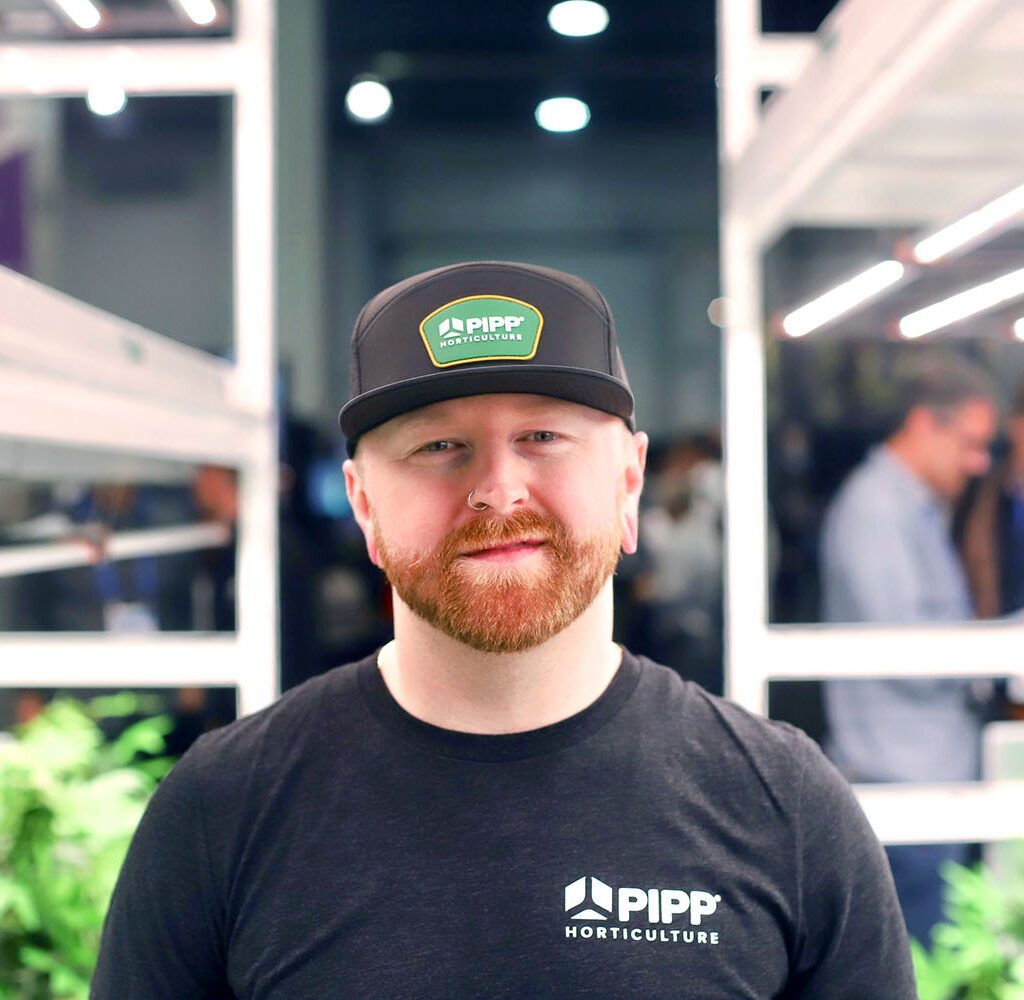
About Anders Peterson
Anders is a Cannabis Operations Specialist at Pipp and helps integrate mobile vertical racks and VAS airflow systems into facility designs. He is a leader in indoor CEA facility design and operation, with an academic background in cell and molecular biology and over 10 years of cannabis industry experience.
At 21 years old, Anders co-founded his first legal Prop 215 cannabis company, which manufactured solventless concentrates. He was also one of the first wholesalers of hash rosin in the California medical market and co-founded one of the first medical cannabis dispensaries in Arkansas.

